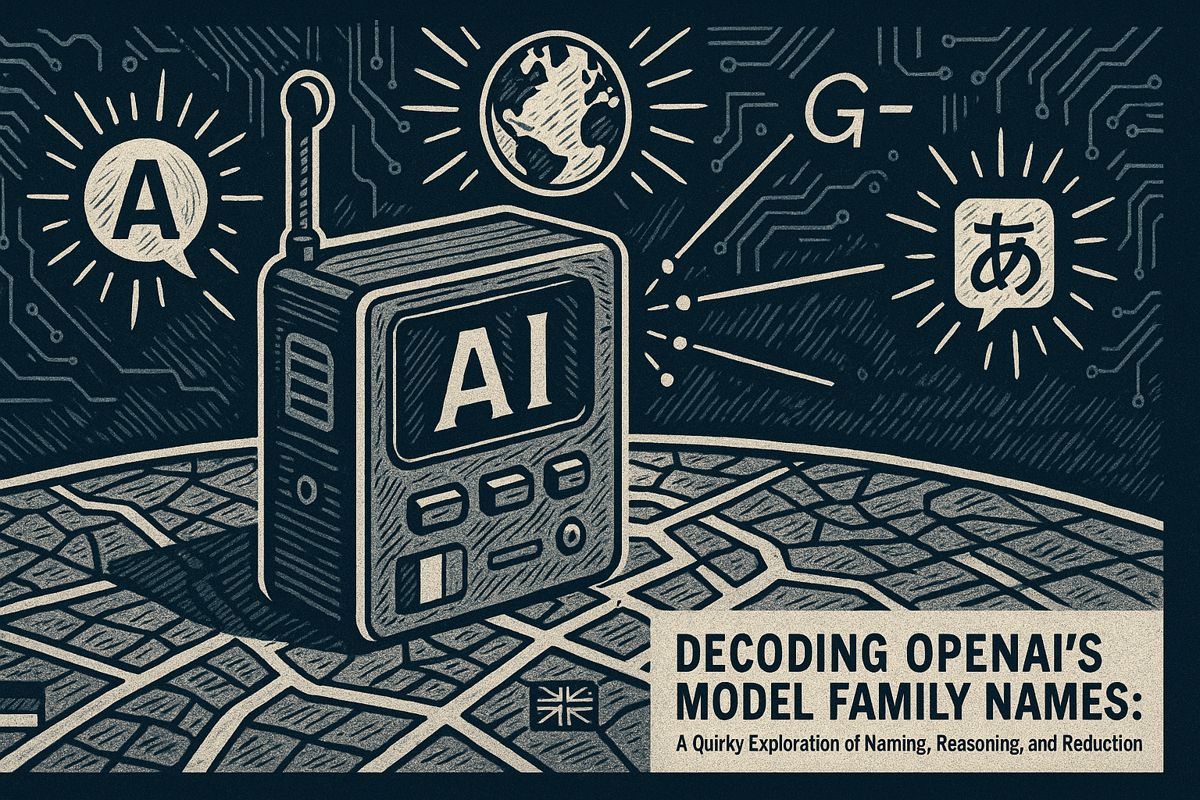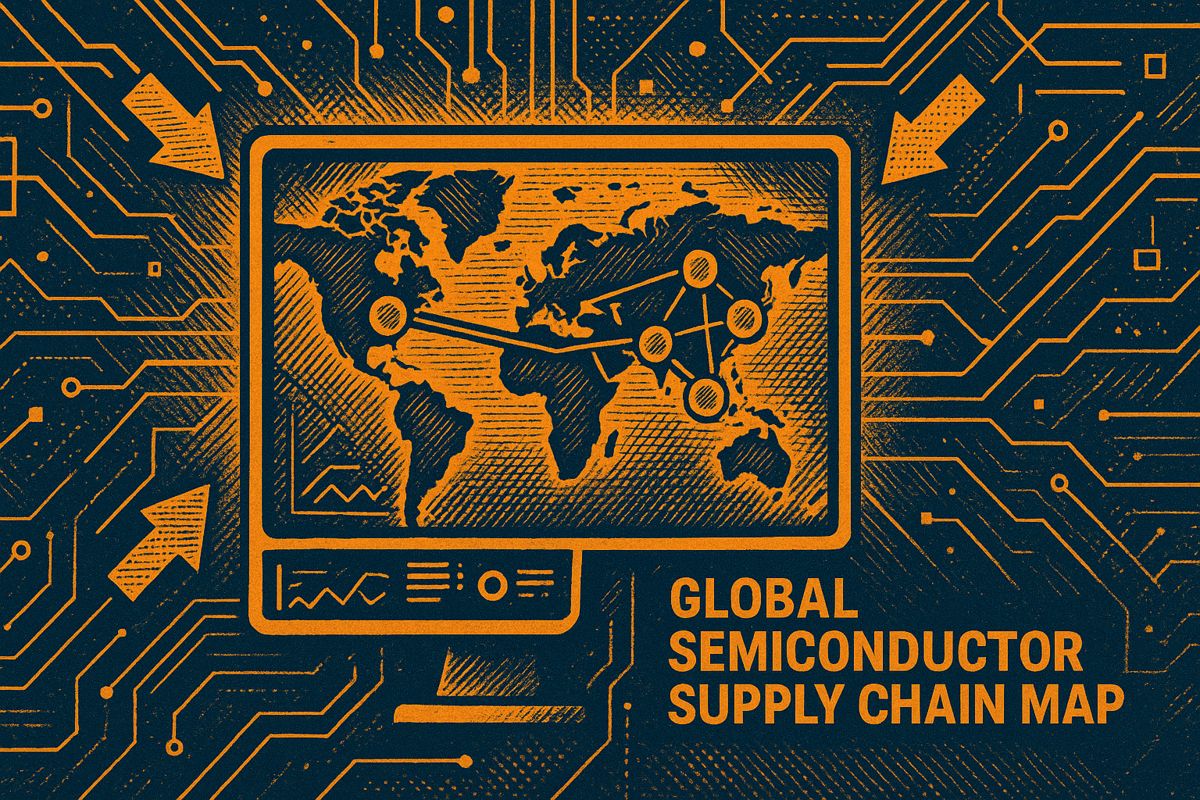Here’s the text with the most important phrase in bold:
Industrial AI is transforming maintenance and operations by cutting downtime up to 30% and enabling predictive detection of machine failures through advanced sensor analysis. Cutting-edge technologies like edge computing and computer vision now allow factories to spot defects with over 99% accuracy, dramatically improving efficiency and quality control. The human role is evolving from manual diagnosis to technology orchestration, with workers now using real-time insights and AI-powered tools to make smarter, faster decisions. These technological advances are not just theoretical but are already delivering measurable results, with over 90% of business leaders seeing AI as critical for achieving operational goals. The future of industrial maintenance is here, powered by intelligent systems that can predict, prevent, and optimize machinery performance.
How is AI Transforming Industrial Maintenance and Operations?
AI is revolutionizing industrial maintenance by cutting downtime up to 30%, enabling predictive maintenance through advanced sensor analysis, and delivering quality control with defect detection rates over 99%. Edge computing and real-time data processing are making these technological leaps possible, fundamentally reshaping factory operations.
Remembering the Old Ways
It’s bizarre, isn’t it, how “AI in industry” has morphed overnight from a catchphrase at trade shows into something that rattles the bolts on the factory floor? Not long ago, I leafed through Frost & Sullivan’s new report on industrial AI, fingers smudging the glossy pages, and the whiff of machine oil seemed to rise from the text itself. As I read their ROI figures and case studies, I couldn’t help picturing the old days—when predictive maintenance meant a grizzled mechanic with a clipboard, not a convolutional neural network parsing vibration signatures.
Those days had their own gritty charm. Once, I met a plant manager—let’s call him Tom—who could diagnose a failing motor by sound alone. He’d stalk the aisles, cock his ear, mutter an incantation, and—snap—make a call. I sometimes wondered if he was a magician or just lucky. Honestly, there was a hint of anxiety whenever Tom hinted at retirement. Now? Tom’s intuition has been bottled and multiplied. AI algorithms digest sensor readings from hundreds of machines, detecting the faintest tremors of trouble before they escalate. Tom’s role has shifted. He consults dashboards now, his weathered hands rarely needed for diagnosis.
Is it strange to miss those analog quirks? I do, just a little. But the numbers in Frost & Sullivan’s research leave little room for nostalgia: predictive maintenance powered by AI has cut downtime and costs by as much as 30% in some plants.
The Concrete Upside: Numbers Don’t Lie
Let’s peel back the jargon. According to Frost & Sullivan, and echoed by expert Sebastián Trolli, industrial AI is no longer a hypothetical edge case. AI-based predictive maintenance isn’t just a buzzword; it’s slashing breakdown rates and saving factories like Bosch between 25-30% in maintenance expenditures. The transition from scheduled or reactive repairs to data-driven anticipation feels like swapping a candle for a halogen lamp—suddenly, every crack and flaw is illuminated.
There’s more: AI-driven quality control, centered around computer vision, is achieving accuracy levels previously reserved for science fiction. Siemens, for instance, boasts defect detection rates cresting over 99%. The whir of a conveyor suddenly sounds less like background noise and more like a well-tuned symphony—each note monitored, each discordant vibration flagged before it becomes cacophony. I’ll admit, I once doubted computer vision’s reliability; it seemed too fanciful to trust an algorithm with what once required a sharp-eyed inspector. But the data makes a convincing case, even if my inner skeptic grumbles.
Edge computing is the unsung hero. Gone are the days of funneling terabytes into the cloud and twiddling thumbs for a verdict. Now, AI sits right on the plant floor, parsing data in milliseconds. Imagine a defect spotted by a vision system, the belt freezing at that instant—no delay, no ambiguity, just instantaneous action.
The Shifting Human Element
Of course, technology doesn’t operate in a vacuum. The rise of digital twins—virtual replicas of real-world machines—paired with AI is turbocharging simulation and optimization in a way even the most meticulous Six Sigma black belt could only envy. Unilever, for example, deployed AI to trim logistics expenses by 15%, tightening the supply chain’s slack.
But here’s where I have to pause and wonder: do these tools empower the worker or render him obsolete? It’s complicated. The “connected worker” is now armed with real-time insights, AR overlays, and decision support—transforming expertise from tribal knowledge into something algorithmic and repeatable. No more secrets locked in the heads of retiring veterans; best practices are encoded, accessible, ready to scale. I felt a twinge of worry once—would automation erase the human touch altogether? So far, it’s just changed the game. The human expert becomes a conductor, orchestrating technology rather than being replaced by it.
And what of those modular, low-code AI platforms? They’re democratizing access, letting plants deploy sophisticated analytics with no need for an in-house data scientist. I once bungled an installation myself, tangling up configuration files and cursing under my breath—only to find the new iteration could be set up in less than an hour, no PhD required. Relief is a tangible thing, you know?
Not Just Hype: Measurable Change
Frost & Sullivan’s report makes it clear: the future isn’t arriving, it’s already here. Over 90% of IT and business leaders now see AI as indispensable for hitting business objectives. The ROI isn’t theoretical. It’s recorded, audited, and increasingly expected. The most lucrative AI projects are those making an immediate dent in operational headaches, not just glitzy pilots destined for PowerPoint graveyards.
Maybe I’m old-fashioned, but there’s a strange satisfaction in hearing the quiet hum of a machine that isn’t breaking down. It’s the sound of progress, measured not in buzzwords, but in uptime and results.
Sometimes, all it takes to see how far we’ve come is a stack of case studies and a memory of Tom’s knowing smile. And that, for me, is oddly comforting…



















